How To Use Bridge Camera
Best bridge camera 2022: the finest options with huge zoom lenses
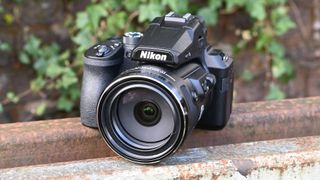
Are you in the market to buy the best bridge camera? Look no further, as nosotros've got all the latest models with the best prices right here. For those unsure of what a bridge camera really is - think of DSLR manner treatment, with the advantage of actress long zoom lenses and without the expense or hassle of having to buy, pack and carry multiple optics in your bag.
Since the best bridge cameras commonly pack an array of transmission shooting modes, they're a fantastic alternative to DSLRs and mirrorless cameras, especially to those watching the budget. They're also ideal for those new to photography, those looking for something light and travel friendly, or those looking to downsize from their bulkier kit. Although we've mentioned manual modes, beginners needn't worry, at that place's plenty of straightforward automatic options on offering from most too.
Having a long zoom lens is a big draw for many, thank you to the versatility such an optic provides. With one, you can photograph everything from wide-angle landscapes to distant subjects like wildlife - and of course everything in betwixt. Because of that, bridge cameras are often popular for those heading off on a vacation when y'all need everything to paw.
Naturally, there is a compromise to be fabricated. The nearly important stardom betwixt span cameras and DSLRs or mirrorless options is sensor size. Bridge cameras will have a much smaller sensor, which will typically have an impact on paradigm quality - particularly in sure situations, such as depression light. Notwithstanding, the upside is having the equivalent of a bag full of lenses in simply i small and light package. Once you're aware of the differences - and the compromises - and so you tin make an informed decision about what is the right camera for you.
Although span cameras are oft already first-class value, for those who don't listen waiting a fiddling while, it might be worth holding on for Amazon Prime Twenty-four hours 2021. We're expecting lots of great camera deals, and with some of these bridge camera models now beingness a little older in the market, it could be those which run across the biggest discounts.
If you're keen to know more than almost what exactly makes a bridge photographic camera, we've included lots of particular in the commodity below. However, for now, let's take a look at the best span cameras available to buy in 2022.

Best bridge cameras in 2022:
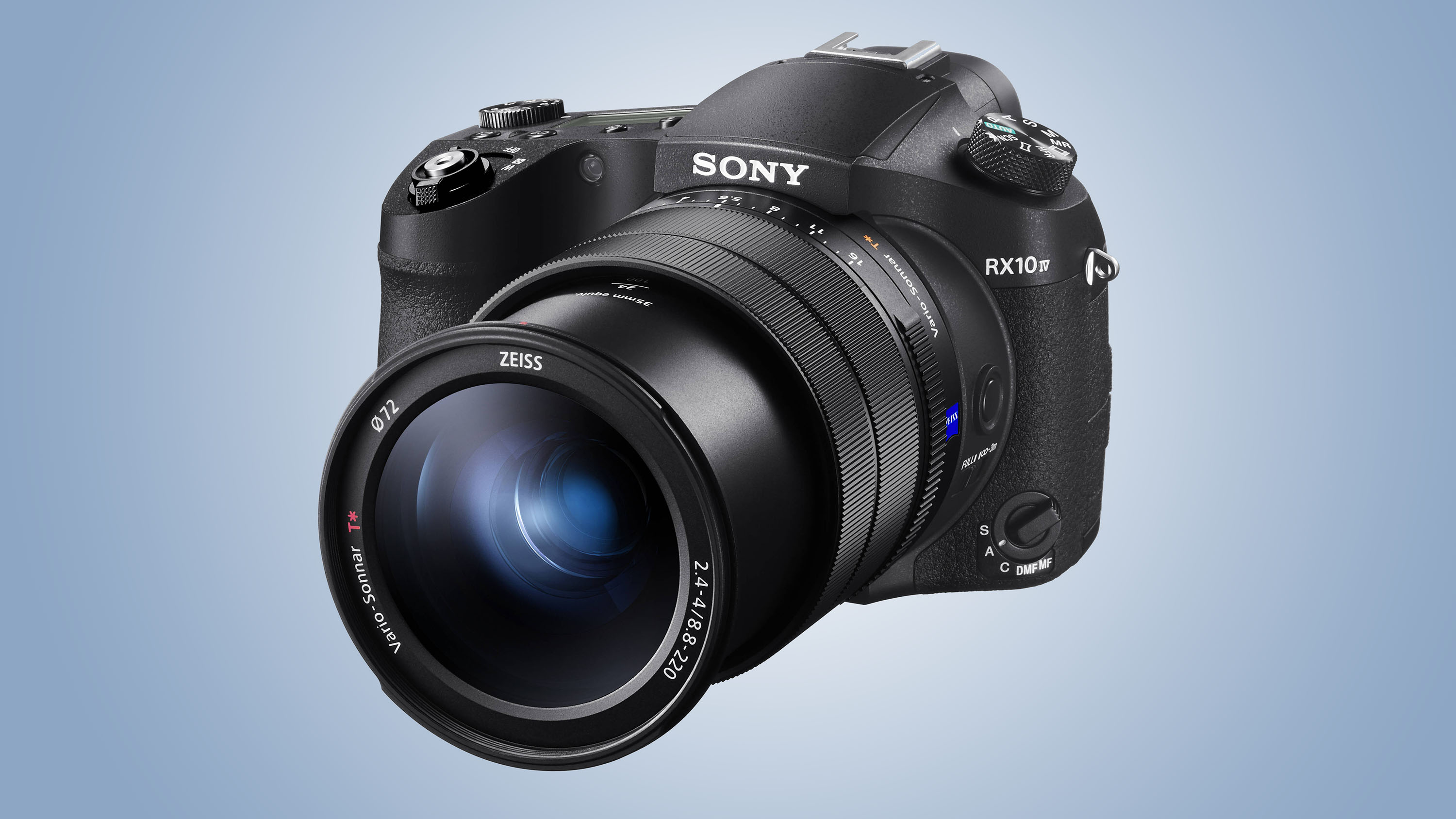
For those looking for a powerful all-in-i solution, yous won't find improve than the RX10 IV. Featuring a hugely flexible 24-600mm f/2.4-4 zoom lens, the RX10 IV builds on the RX10 III with an overhauled AF organization that at present does justice to the rest of the camera, while the 1-inch, xx.1MP sensor is capable of achieving excellent levels of item. It'south quite beefy for a bridge camera, and at that place's no getting away from the hefty cost, but the RX10 Iv is virtually in a league of its own and is peradventure fifty-fifty deserving of a improve name than 'bridge'.
- Read our in-depth Sony Cyber-shot RX10 IV review


If your upkeep doesn't quite stretch to RX10 IV levels but y'all even so want something superlative-quality, flexible and with great paradigm quality, the Panasonic Lumix FZ2000 (known as the FZ2500 in the Us) is an excellent option. It uses a 1-inch sensor, and while the zoom tops out at 480mm equivalent, which is relatively curt for a span camera, that's still plenty for all but the most extreme everyday utilize. We'd certainly sacrifice a little zoom range for better and faster optics, and we love the FZ2000 because it delivers both image quality and zoom range. If you're looking for something a flake cheaper, the older FZ1000 (below) is also worth a look, as is its successor, the FZ1000 II.
- Read our in-depth Panasonic Lumix FZ2000 / FZ2500 review


The Lumix FZ1000's 16x optical zoom is less than that of typical span cameras, but that'due south due to its sizeable ane-inch sensor, which delivers a large boost in epitome quality. This isn't but any erstwhile lens, either, but rather a Leica optic with a large f/ii.8 maximum aperture at the wide-angle end, which narrows to a nevertheless-respectable f/iv at full zoom. This helps you capture shots in depression light without resorting to high ISO sensitivities, while the Hybrid 5-axis Optical Image Stabilisation minimises camera shake. 4K (Ultra Hd, strictly) 3840 10 2160 video recording, avant-garde autofocusing, a superb two,359,000-dot electronic viewfinder and raw shooting all aid to make the FZ1000 i of our peak picks. Note that Panasonic replaced the FZ1000 with the FZ1000 II this twelvemonth - merely as more of a gentle refresh than complete rebrand, making the older model the all-time value correct now.
- Read our in-depth Panasonic Lumix FZ1000 review

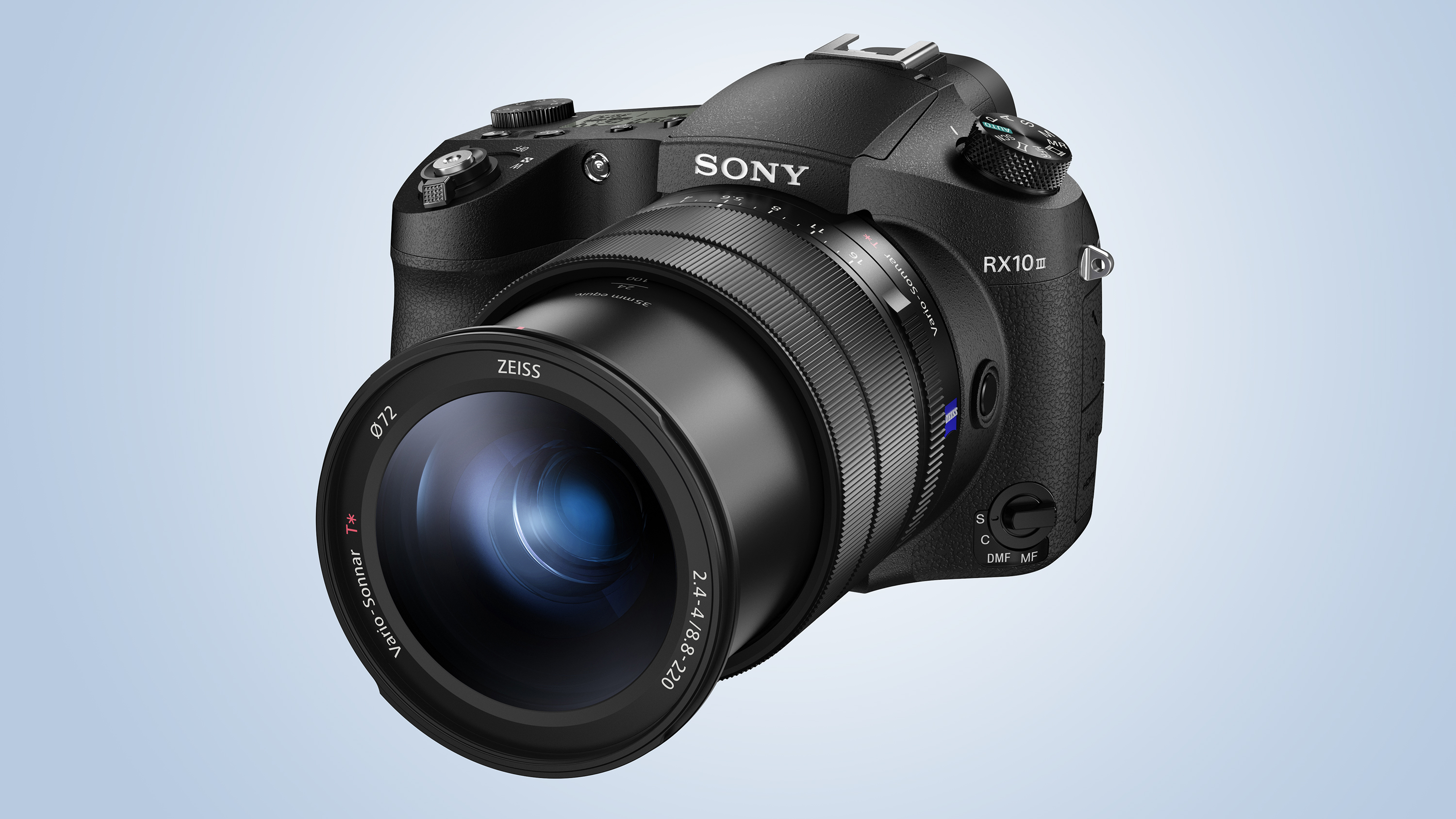
Equally is often the case with Sony, y'all can make decent savings if you look towards its extensive dorsum-catalogue. In this case, if yous tin alive without the advanced AF system and other performance advantages offered by the RX10 IV, the RX10 Iii is nonetheless worth a look. The design is pretty much identical to the RX10 IV, and you've got the aforementioned 24-600mm f/two.4-4 lens. What's the compromise? Well, the AF is a bit pedestrian compared to the latest model, while there's no touchscreen control or the ability to shoot at an impressive 24fps.
- Read our in-depth Sony Cyber-shot RX10 3 review

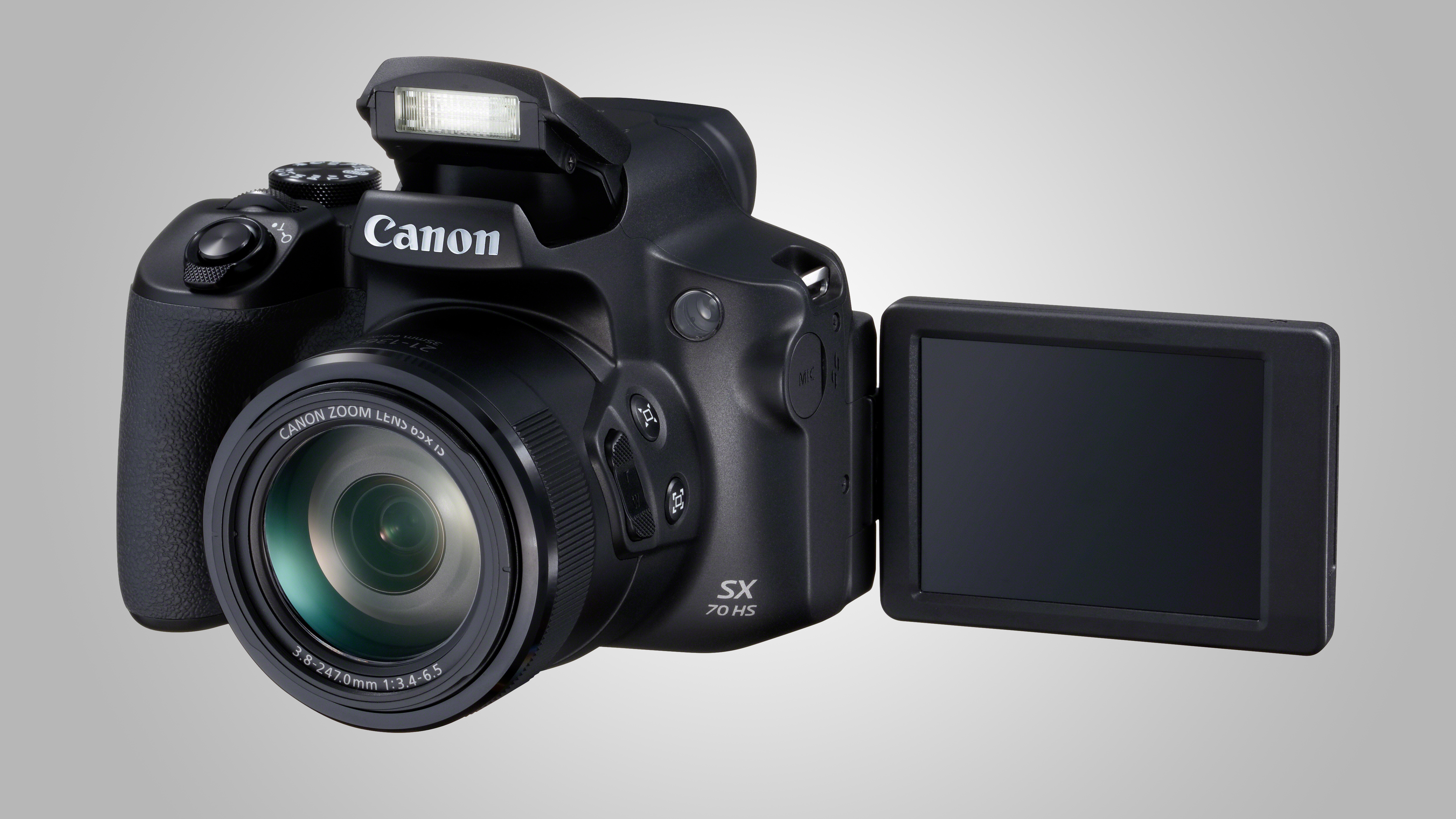
Catechism's PowerShot SX70 HS is what we'd consider a more conventional bridge camera than those found in the top four. That'due south because it uses a smaller 1/2.3-inch sensor which gives you the reward of a ginormous 65x optical zoom range. You all the same go full manual control, forth with other swell features such as an fully articulated screen (it lacks impact sensitivity though), a decent electronic viewfinder and the power to shoot in raw format. In-built Wi-Fi and NFC is another bonus. This is a archetype all-rounder which would accommodate those looking for something relatively small and light for trips such as safaris, where that big zoom comes into its own. A bugbear is having to activate the viewfinder manually since there's no sensor, but otherwise it's a solid performer. Image quality is very proficient, with the image stabilization system doing a good job of keeping captures fifty-fifty at the extreme end of the telephoto lens precipitous. Shooting at the broad-angle and low-calorie-free are not this camera'southward forte, simply there's skillful autofocus operation and speedy operation to compensate.
- Read our in-depth Catechism PowerShot SX70 HS review

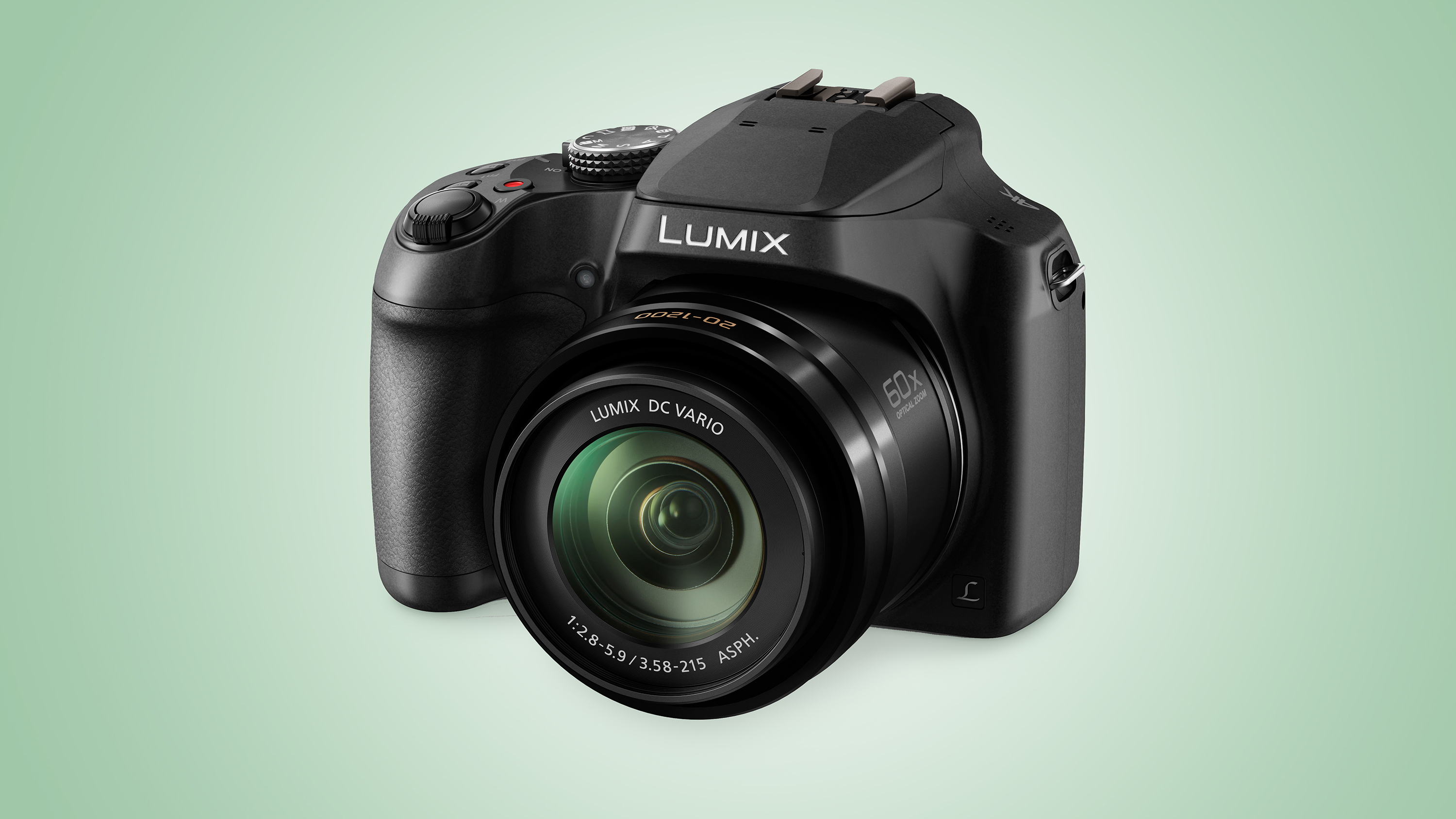
The Lumix FZ80 (known as the Lumix FZ82 outside the United states) might exist one of the most affordable bridge cameras here, simply it still packs quite a punch. The zoom range is very impressive, going from an ultra-broad 20mm through to a staggering 1200mm, and benefits from an effective image stabilization arrangement. In that location's also 4K recording with Panasonic'south 4K Photo, which can shoot 8MP images at 30fps, meaning you should never miss that split-2nd moment. It's also very easy to utilise, with an intuitive touchscreen. The viewfinder could be amend (and in that location's no eye sensor to automatically switch between the viewfinder and rear screen), while high-ISO performance can't match that of larger-sensor (and more expensive) rivals. That said, this is one of the all-time budget span cameras around.
- Read our in-depth Panasonic Lumix FZ80 / FZ82 review

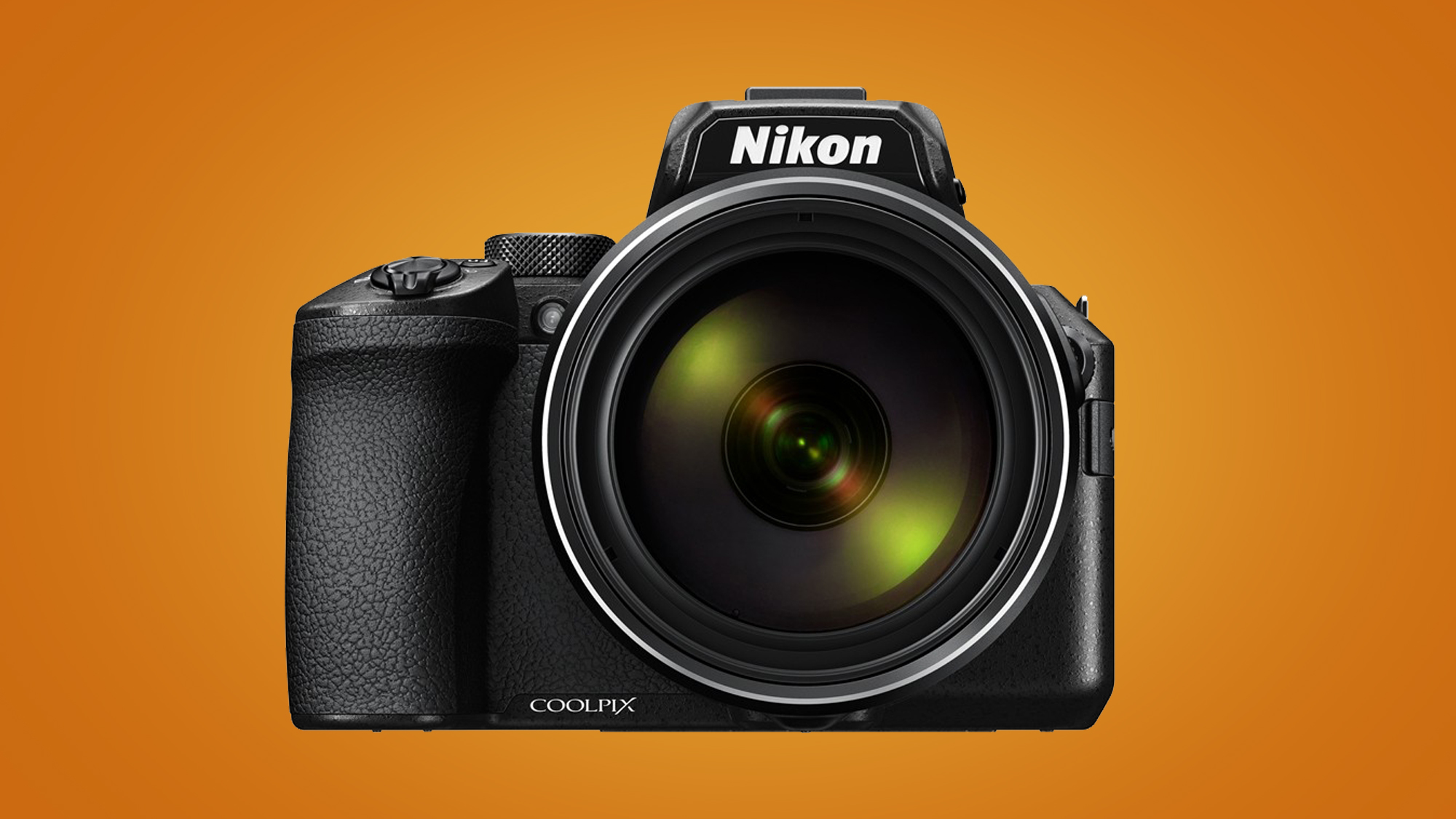
It doesn't quite take the Nikon P1000's ludicrous 125x optical zoom range, just the P950's 83x zoom is more than enough for most people in virtually situations. If you similar to mainly shoot landscapes or wildlife on your travels, it remains a good contender, especially if y'all're coming from another Nikon camera. The 3 big improvements over the P900 are support for Raw shooting (for greater flexibility when editing images), 4K video resolution, and a much-improved electronic viewfinder. Collectively, these brand it more user-friendly and versatile than its predecessor, though information technology is also worth looking out for deals on the Nikon P900. Nosotros'd like to accept seen a touchscreen added too, but the P950 remains a good option if zoom is your primary priority.
- Read our in-depth Nikon Coolpix P950 review


The Coolpix P1000 is the follow-upwards to the P900 and stretches what nosotros've come to expect from superzoom cameras that scrap further. The reason is the lens, with the P1000 packing in a massive 125x optical zoom range equivalent to 24-3000mm in 35mm terms, it has the potential to habitation in on the near distant subjects you'd realistically desire to capture, be it wildlife or the Moon. If you admittedly need a camera with a 3000mm-equivalent lens, the fact that the P1000 is alone in offering this makes your decision easy. With a huge body, less-than-reliable autofocus, a sub-standard LCD and operational strifes, nonetheless, its appeal for annihilation else is more limited.
- Read our in-depth Nikon Coolpix P1000 review


Sony's superzoom bridge camera is closely matched with the Panasonic FZ82, and is available at a cracking toll attributable to its age. The downsides when compared to the FZ82 include JPEG-simply image capture and a lesser zoom range, but if you can alive with both it's a nifty budget choice. The HX400V claws dorsum some ground by offering Wi-Fi, while it's also pleasure to use thanks to its ergonomic design, and the tilting screen is nice touch, although information technology isn't fully articulating. More disappointing is the relatively low-resolution electronic viewfinder. Although there'southward no raw back up, JPEG images take peachy colors and plenty of detail. Some epitome smoothing is visible when images are viewed at 100%, simply that's a common trait amongst small-sensor bridge cameras.
- Read our in-depth Sony Cyber-shot HX400V review

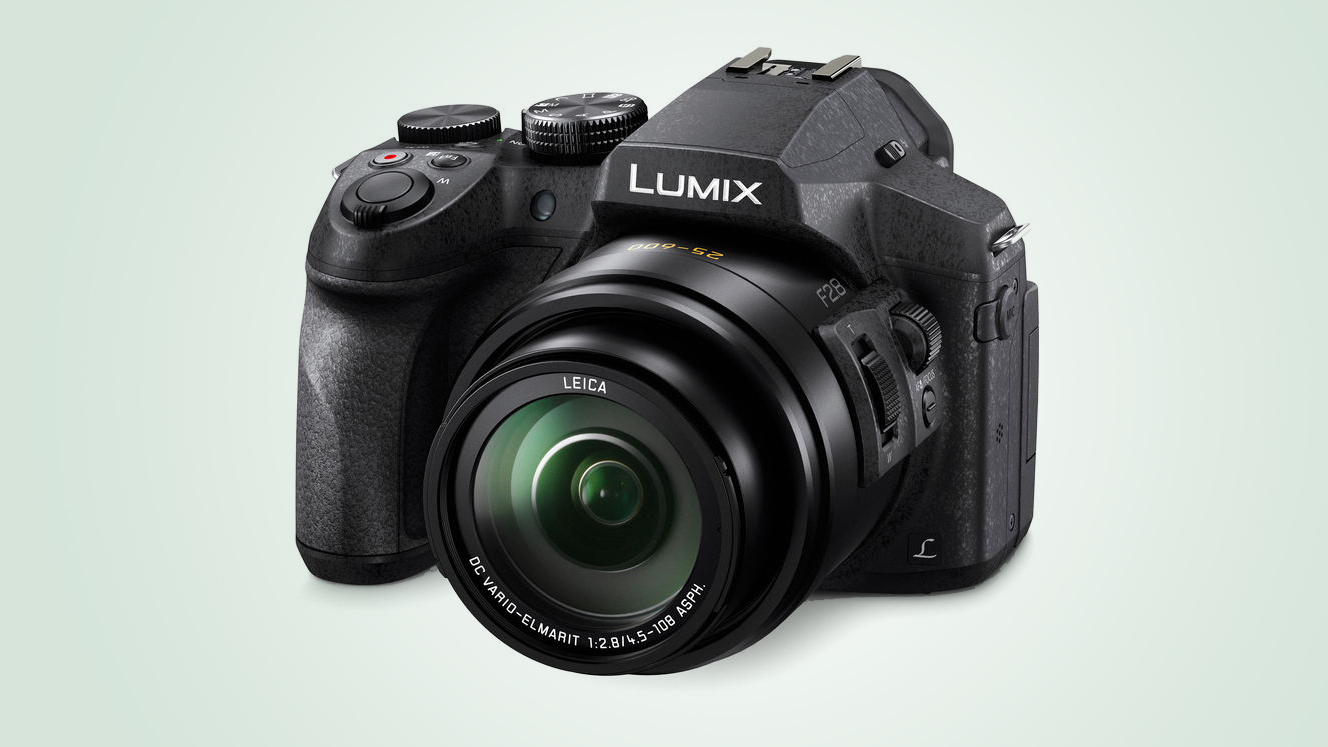
If your main business is the country of your finances, hither's a quick wait at a groovy value option from Panasonic. It was launched back in 2015, and then it's a off-white old age now, only that merely makes the FZ300 (known as the Lumix FZ330) exterior the U.s. an even better bargain. With a 25-600mm zoom lens, what's actually impressive is an f/2.viii constant aperture throughout the range, which is peculiarly useful at the longer terminate of the zoom range. Top that off with a splash-resistant body, a vari-angle touchscreen and a decent electronic viewfinder and you've got all the makings of a keen all-rounder. Impressively for an older model, it even shoots 4K, too.
- Read our in-depth Panasonic Lumix FZ300 / FZ330 review
What is a bridge camera?
For those wondering where bridge cameras become their name – it'southward considering they are said to 'bridge' the gap between unproblematic point-and-shoot models (or your phone) and more advanced DSLR blazon models.
Bridge cameras tend to have smaller sensors than DSLRs and mirrorless cameras, but the other primary difference is that the lens is fixed to the body, so you lot can't remove it for a more specialized optic or one with a wider discontinuity. While the lenses on a bridge camera are extremely flexible, you tin can't attach something like a macro lens for farthermost shut-ups or an f/1.4 lens for shooting in low-light.
Information technology's not quite as straightforward as that anymore, as some span cameras are advanced and sophisticated themselves. Sensor sizes – although however smaller than a DSLR / mirrorless, have increased in size over the years as well, with many now sporting a one-inch sensor which is much larger than that in an boilerplate smartphone.
If you're but starting out in photography, bridge cameras tin can be the ideal place to beginning. Yous get a lot for your money and information technology'due south the ideal way to acquire about different shooting modes and settings, without necessarily spending a huge amount of coin.
- Best cameras for photography
- Best entry-level DSLR
- All-time DSLR
- Best mirrorless camera
- Best 4K camera
- Best full-frame camera
- All-time meaty photographic camera
- What camera should I purchase?
- Mirrorless vs DSLR: x primal differences
- Camera rumors
Source: https://www.techradar.com/news/best-bridge-camera
Posted by: jonesmucconothave.blogspot.com

0 Response to "How To Use Bridge Camera"
Post a Comment